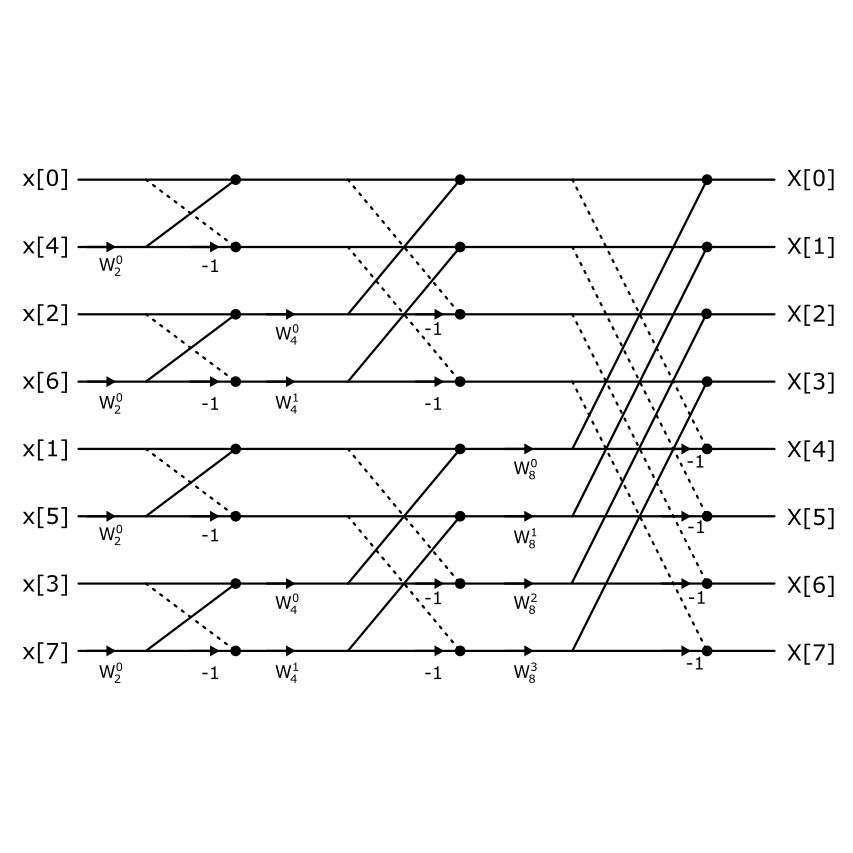
Writing Your Own FFT in Python and STM32
In this post, we’ll be diving into the process of writing our own custom Fast Fourier Transform (FFT) implementation from scratch. The FFT is a foundational algorithm in digital signal processing, used to convert time-domain signals into their frequency-domain representation. While many libraries and tools offer ready-made FFT functions, coding one yourself is a great way to build a deeper understanding of how it works under the hood.
I’ll start by lightly covering a bit of the theory but try and discuss implementing the algorithm itself in more detail. From there, we’ll jump into writing the code in Python, which allows us to test and visualize the results quickly. Then, we’ll bring it down to the hardware level by implementing the same FFT logic on an STM32 microcontroller, where things like memory usage and performance really start to matter.
The goal here isn’t to create the fastest or most optimized FFT, but to build something simple.